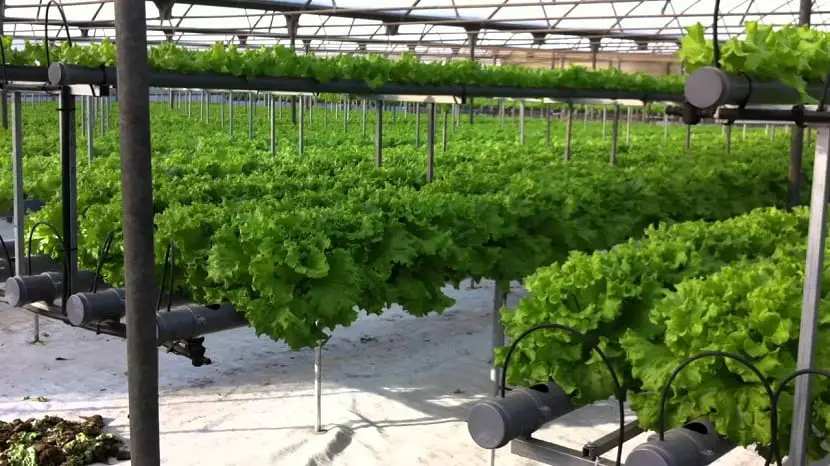
Both aeroponics and hydroponics, are two of the most extensive procedures that are known regarding the cultivation of plants without having to use any type of soil.
These two methods are based on the fact that no need to have a fixed floor for it to workOn the contrary, only one way is needed so that the plants can take all the necessary nutrients so that they can grow in an adequate way.
What is hydroponics?

This cultivation technique is based on the fact that all the nutrients that the plant uses to feed itself are diluted in the water so that we can give it directly to it through its roots, that is, the plant develops without using any type of soil while its roots remain submerged within a kind of mixture of nutrients.
What is aeroponics?
This method simply it is about growing the plant directly in the air instead of sowing it in the ground.
By this means, the plant grows in the air with the help of a completely closed environment, nutrients are provided through the roots spraying them with a nutrient solution. To achieve this task, pressure pumps are used so that this nutrient solution becomes a kind of very fine mist and fills the entire place where the crop is located.
How is hydroponics different from aeroponics?
These two methods mentioned in the previous part are very different from the traditional form of cultivation that is done in the ground that is also known as geoponics, where the nutrients are assimilated by the plant through the roots and after they are diluted in water.
Because water is used as the pathway in both cases, there is a bit of a fondness for looking at aeroponics as a part of the hydroponics method. However, if we go a little beyond these two procedures, there are some characteristics that differentiate them a lot from one another.
Each of these techniques they have their pros and conswhich we must take into account when we are going to make the decision of which of these two procedures is better.
Yield reached by harvest

Comparing hydroponics to aeroponics and referring to the development of the plant and at the same time the yield of the harvest, we can find that aeroponics is usually a bit more productive.
In hydroponics it is necessary that the roots are submerged in the water, however, this makes the plant unable to receive proper ventilation. On the contrary, and in the case of aeroponics, its roots develop while in the air, making it easier for the plant to absorb a greater amount of oxygen.
Plant health
If we refer to the health of the plant, again aeroponics has the advantage. Because this is an aerial technique It is carried out in a completely closed environment where the possibility that the plant may have some direct contact with a pathogen or foreign particle is almost nil.
The nutrient mix used to spray the plants is completely new and sterile. Aeroponics allows us to maintain more accurate control of the humidity level in the environmentOn the other hand, and in the case of hydroponics, there is a fairly high risk that bacteria may grow due to humidity.
Impact it has on the environment
If we make a comparison based on the traditional way of planting a plant, hydroponics and aeroponics are two excellent techniques And most important of all, they do not encourage the use of fertilizer or pesticide products. Aeroponics again has the advantage because it uses less water and also benefits better from the supply of nutrient solutions.


One thought on “What is the difference between aeroponics and hydroponics?”